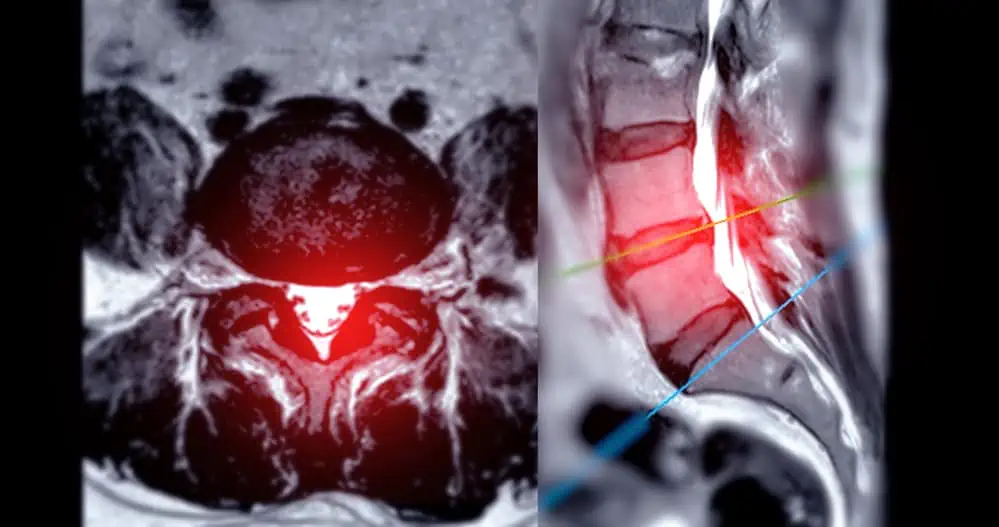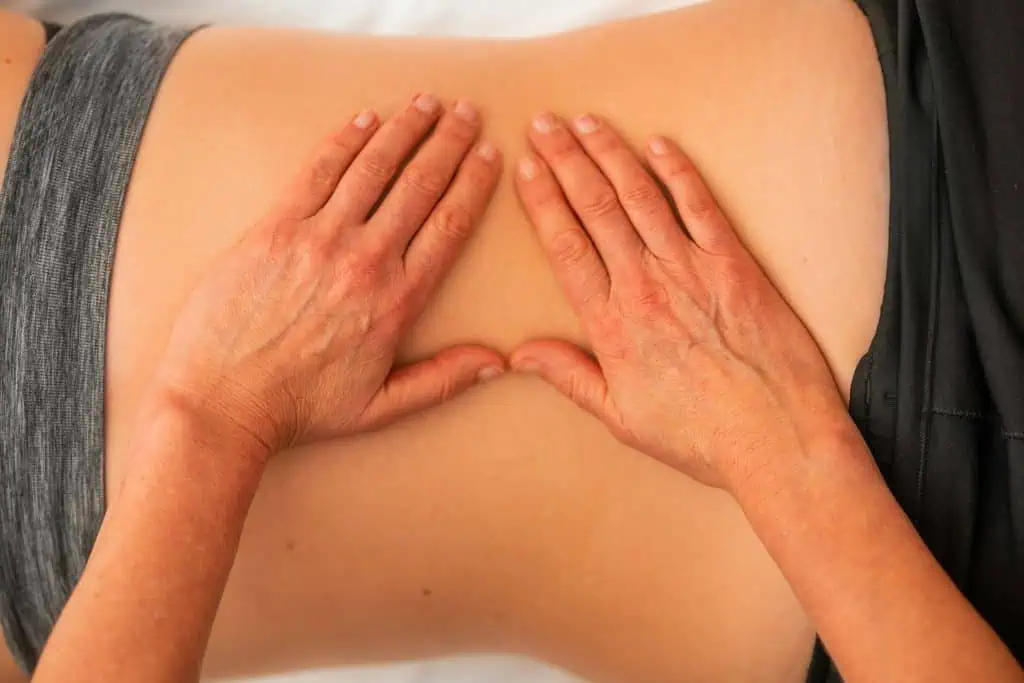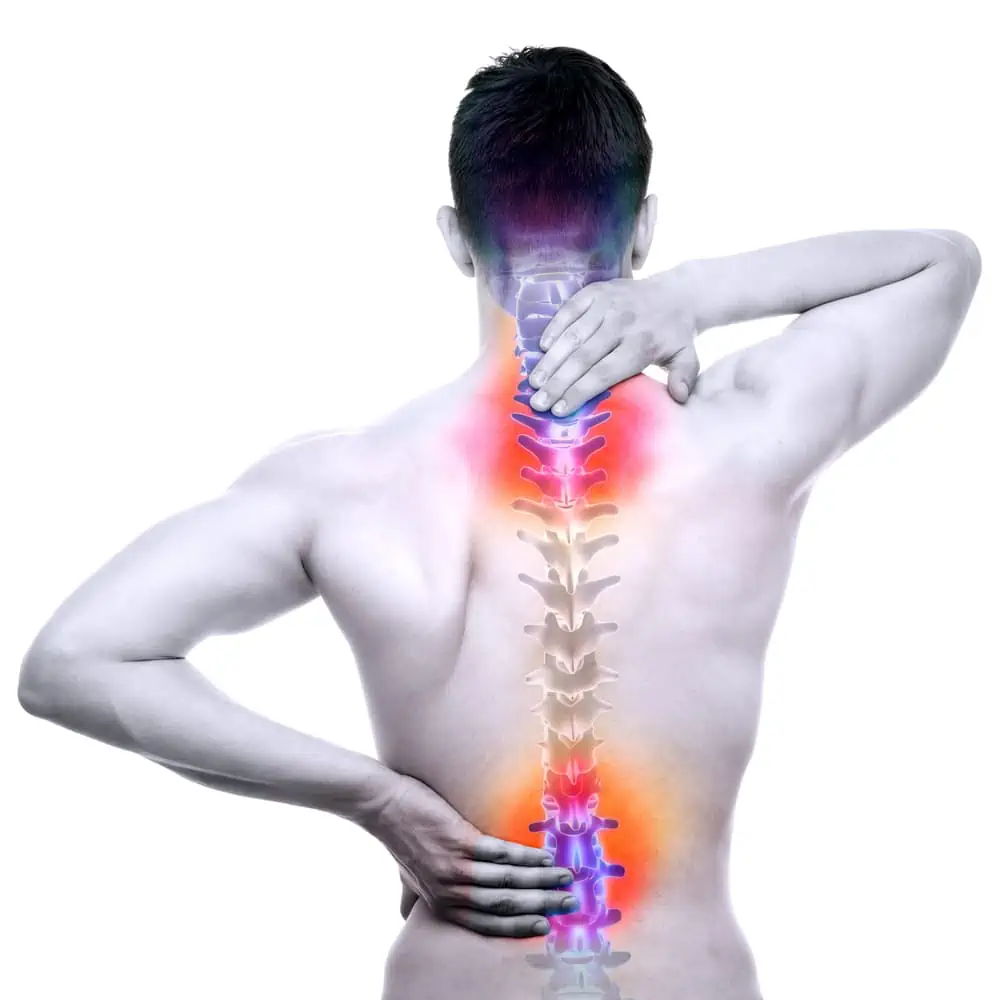Joint pain can be a significant hindrance in daily life, affecting our capacity to perform even simple tasks with ease. This discomfort can originate from various conditions, most notably arthritis, which encompasses over 100 different types. Understanding the underlying causes of joint pain is essential for effective management and treatment. We recognize that coping with joint pain requires a multifaceted approach, one that balances immediate relief with long-term strategies to maintain joint health.
Our experiences navigating joint pain have informed us on the effectiveness of combining at-home remedies with medical treatments. Home strategies such as applying ice or heat, or engaging in low-impact exercises can offer temporary relief. These measures, paired with appropriate medical interventions including medications, physical therapy, or alternative therapies, provide a comprehensive treatment plan tailored to individual needs. We are aware that timely and consistent treatment can greatly improve one’s quality of life, making the management of symptoms a less daunting task.
Key Takeaways
- How to treat joint pain requires understanding its causes and adopting a multifaceted approach.
- Combining self-care with professional treatments offers comprehensive management of joint pain.
- Consistency in treatment plans can significantly enhance day-to-day comfort and quality of life.
Understanding Joint Pain
In this section, we take a closer look at the root causes of joint pain and delve into some of the common types of arthritis that contribute to this uncomfortable condition.
Causes of Joint Pain
Inflammation is a key player in joint pain; it’s our body’s natural response to injury or disease. However, when inflammation becomes chronic, it can lead to persistent pain. Various conditions can cause this inflammation, leading to joint pain, including but not limited to autoimmune disorders, wear and tear on the joints, infections, and the crystal buildup seen in gout.
Bursitis, or the inflammation of cushioning pads around joints, and certain infectious diseases such as mumps, influenza, and hepatitis, can also lead to joint pain. Additionally, injuries that directly impact the joints can result in pain. The underlying cause of joint pain is essential in determining the appropriate treatment strategy.
Common Types of Arthritis
Rheumatoid arthritis (RA) and osteoarthritis (OA) are two prevalent forms of arthritis that cause joint pain. RA is an autoimmune condition where our immune system mistakenly attacks the joints, leading to inflammation and pain. It can affect multiple joints and is characterized by periods of disease flares and remission.
On the other hand, OA is associated with the wear and tear of cartilage, the protective cushion between bones. Our joints can become painful and stiff, with OA typically developing slowly and commonly presenting after age 45.
Gout is a unique form of arthritis caused by the buildup of uric acid crystals in the joints, resulting in sharp joint pain and swelling, often affecting the big toe. Psoriatic arthritis can result from psoriasis and involves joint pain and stiffness, along with patches of abnormal skin. Each type of arthritis has its own specific causes and risk factors.
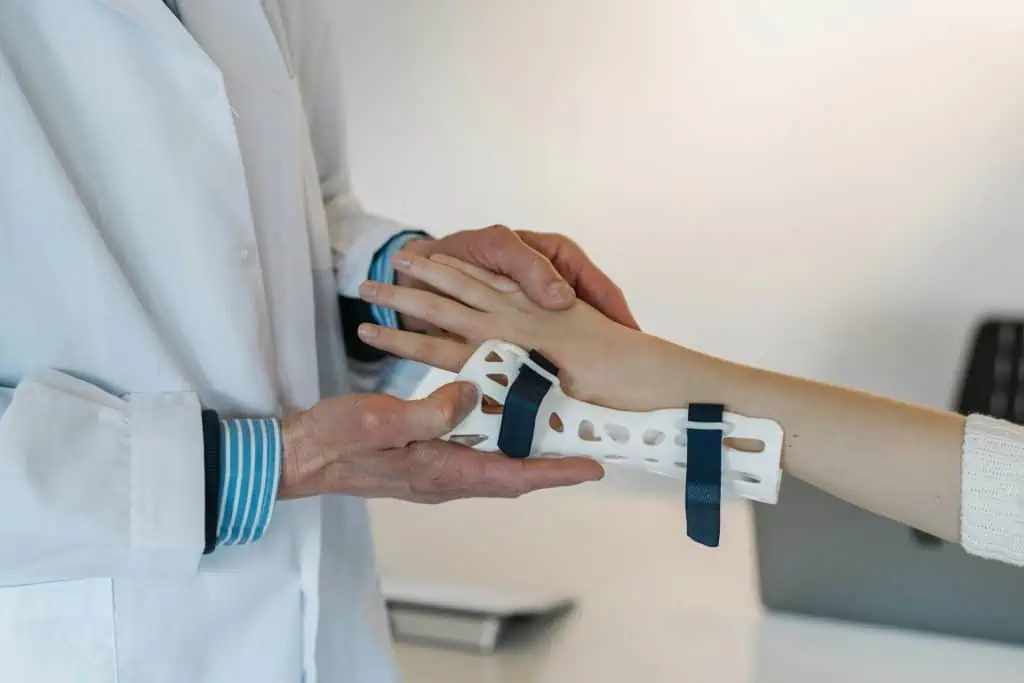
Initial Home Treatments
When dealing with joint pain, we find it essential to start with non-invasive home remedies that can alleviate discomfort and reduce swelling before considering medical interventions.
Rest and Immobilization
The first step we recommend is to give the affected joint adequate rest. This allows the body to initiate its healing process without further stress to the area. Immobilization can be facilitated using a brace or splint to ensure the joint remains stable, especially if swelling is present. It is critical, however, not to immobilize the joint for too long as it might lead to stiffness or weakening of muscles.
Cold and Heat Therapy
Applying ice packs to the painful joint can significantly bring down swelling and numb the acute pain. We advise wrapping the ice pack in a towel before application to protect the skin from ice burn. Cold therapy is most effective when applied within the first 48 hours after an injury, utilizing it for short periods, like 15-20 minutes, several times a day. Transitioning to heat therapy, like a heating pad or a warm bath, can soothe and relax the muscles around the joint. Heat aids in increasing blood flow and can be very effective in managing chronic joint pain or stiffness. Make sure the heat is not too intense to avoid burns.
Remember to alternate between cold and heat responsibly and listen to our body’s response to these therapies.
Medication and Supplements
We can address joint pain through a variety of medications and supplements, each with its distinct role in managing pain and inflammation. Below, we outline some specific options that have shown efficacy.

Pain Relievers
Acetaminophen is often recommended for managing joint pain, as it helps reduce discomfort but does not alleviate inflammation. It’s important to stick to the prescribed dosage to avoid potential liver damage.
- NSAIDs: Nonsteroidal anti-inflammatory drugs, including options like ibuprofen and naproxen, not only relieve pain but also reduce inflammation.
Anti-Inflammatory Drugs
The anti-inflammatory effects of NSAIDs can be particularly helpful in managing swelling and pain associated with joint issues.
- Ibuprofen: Available in both over-the-counter (OTC) and prescription strengths.
- Naproxen: Typically has a longer duration of action than ibuprofen.
Natural Supplements
Supplements like glucosamine and chondroitin are components of natural cartilage and may support joint health.
- Glucosamine: May aid in the relief of pain and repair of joint cartilage.
- Chondroitin: Often used in combination with glucosamine, thought to enhance its effects.
- Fish Oil: Contains omega-3 fatty acids that may reduce joint inflammation.
Topicals such as gels and ointments can be applied directly to the joints for targeted relief, providing an alternative or complement to oral medication.
Exercise and Physical Therapy for joint pain
Incorporating exercise and physical therapy into your routine can significantly alleviate joint pain by improving flexibility, strengthening surrounding muscles, and enhancing overall joint function. We’ll guide you through the types of exercises that can help.
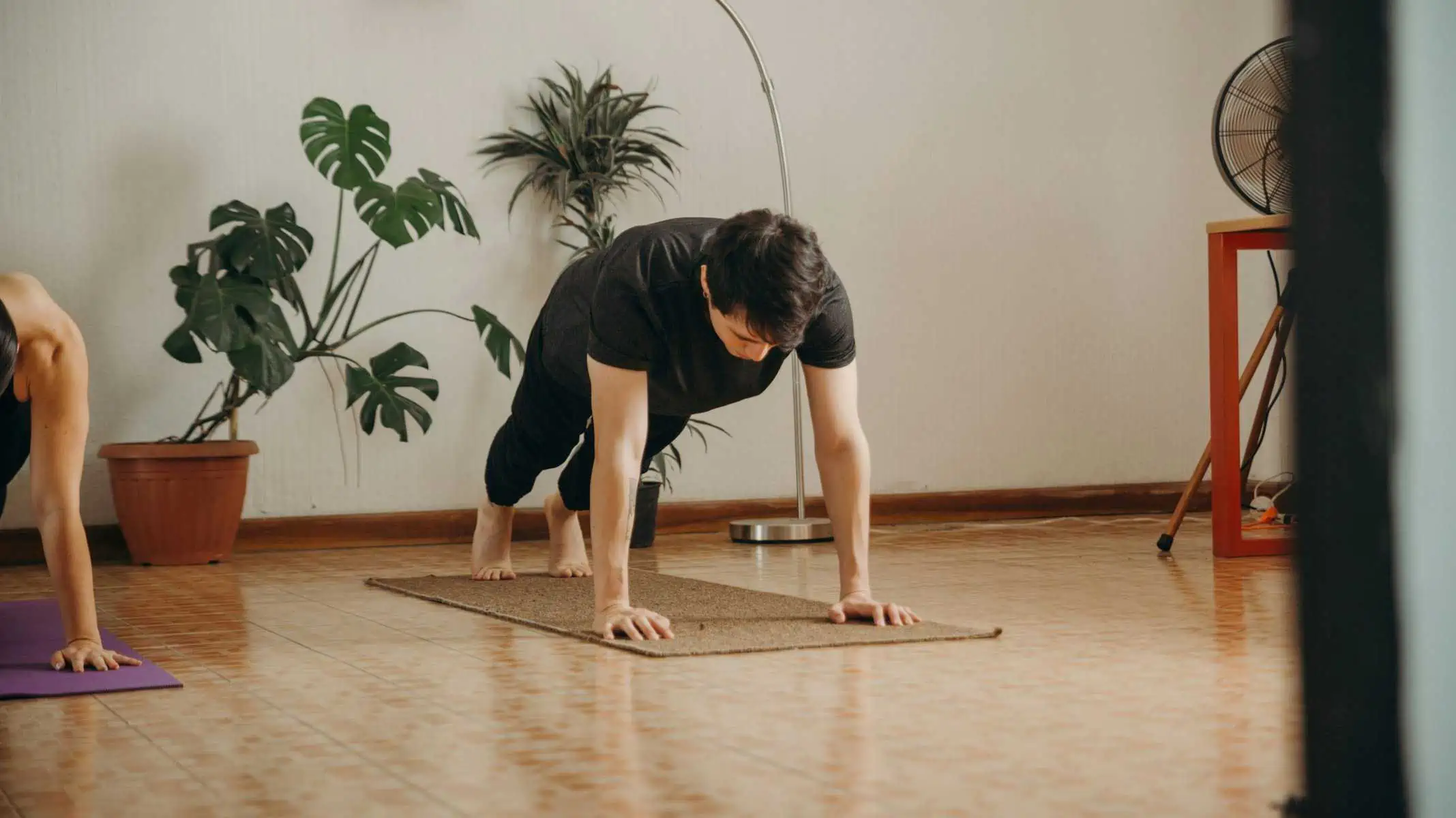
Strengthening Exercises
Strengthening the muscles around our joints is crucial for providing support and reducing stress on the joint itself. It’s important to focus on exercises that target key muscle groups without exacerbating joint pain.
- Hand Weights: Start with light weights and increase as our strength improves.
- Resistance Bands: These can provide resistance while minimizing joint strain.
Example: Mayo Clinic recommends using equipment like stationary bicycles or elliptical trainers that help strengthen muscles with less impact on the joints.
Flexibility and Stretching
Enhancing flexibility and practicing stretching exercises regularly can improve our range of motion and decrease stiffness in our joints.
- Yoga: Poses in yoga can increase flexibility and joint mobility.
- Dynamic Stretching: Gentle, slow movements that extend muscles before more intense activity.
Example: According to Arthritis Foundation, stretching is a vital part of managing joint pain effectively.
Low-Impact Aerobics
Low-impact aerobic exercises increase our heart rate while being gentle on our joints. These exercises can also aid in weight management, which is beneficial for reducing joint pressure.
- Swimming: The buoyancy of water supports body weight, reducing joint load.
- Cycling: Stationary or outdoor cycling can build endurance and keep joints moving with minimal impact.
Example: WebMD highlights the importance of low-impact aerobics like swimming that not only improve cardiovascular health but also help ease joint pain.
Lifestyle and Support

In managing joint pain, we recognize the critical roles played by lifestyle choices and supportive measures. Our focus extends to sustainable weight management, the prudent use of assistive devices, and a diet geared toward nutritional support of joint health.
Weight Management
We understand the impact of excess weight on joints, particularly the knees, hips, and spine. Shedding extra pounds through a balanced diet and regular exercise is crucial as it reduces the stress on these weight-bearing joints. We advocate for consistent weight loss efforts because even small reductions in body weight can significantly relieve joint pain.
Here are clear steps to support weight management:
- Calculate your Body Mass Index (BMI) to understand where you stand.
- Set achievable weight loss goals, aiming for a gradual loss of 1-2 pounds per week.
- Incorporate a blend of cardiovascular exercises and strength training for best results.
Assistive Devices
Using assistive devices can greatly enhance our ability to perform daily tasks with ease and less pain. Devices like a cane or a knee brace can provide necessary support to joints, minimizing strain during activities.
Here’s a choice of items that can aid in mobility:
- Canes: Ensure it’s at the correct height for efficient support.
- Braces: Pick ones that snugly fit the affected joint without impeding circulation.
Diet and Nutrition
Our dietary choices play a pivotal role in supporting joint health. Incorporating foods rich in omega-3 fatty acids, antioxidants, and vitamins can contribute to reducing joint inflammation and pain.
For optimal joint health, consider these dietary supplements and foods:
| Nutrients | Foods and Supplements |
|---|---|
| Omega-3 fatty acids | Fish, flaxseeds, fish oil |
| Antioxidants | Berries, dark chocolate |
| Vitamin C | Citrus fruits, broccoli |
| Glucosamine and Chondroitin | Supplements available over-the-counter |
Each component of our lifestyle, from the food we eat to the support we utilize, contributes to a comprehensive joint pain management strategy.
Professional and Advanced Treatments

When we experience joint pain that persists despite basic treatments and lifestyle changes, it’s time we consider professional and advanced treatment options. These often include specialist consultations, various injection therapies, and, if necessary, surgical interventions that are designed to provide long-term relief.
Visiting a Specialist
Consulting with a doctor or rheumatologist is a critical step for those of us dealing with chronic joint pain. These specialists can perform comprehensive evaluations, using x-rays, blood tests, and other diagnostic tools to determine the underlying cause of our pain, ensuring that the treatment plan is tailored to our specific needs.
Injection Therapies
Injection therapies offer us direct relief to the affected joint and can be categorized as follows:
- Corticosteroids: These are injected directly into the joint to reduce inflammation and provide rapid pain relief.
- Hyaluronic Acid: Sometimes known as viscosupplementation, this therapy lubricates the joints to improve function and reduce pain.
- Platelet-Rich Plasma (PRP): Using components of our own blood, this therapy can potentially aid in the healing process of injured joints.
Each injection type serves a different purpose, and our doctor will use a needle to administer the most appropriate option based on our condition.
Surgical Options
In severe cases where joint damage is significant and other treatments haven’t helped, we may need to consider surgical options. Here are some surgical procedures available:
- Joint Replacement: This involves replacing damaged joint parts with artificial components.
- Arthroscopy: This minimally invasive surgery allows doctors to repair joint damage through small incisions.
- Osteotomy: This procedure realigns bones to relieve stress on the joint.
Surgery is generally viewed as a last resort, but it can substantially improve the quality of life for those of us with advanced joint damage. Our surgical team will collaborate with us every step of the way to ensure the best possible outcomes.
Alternative and Complementary Therapies
In our search for relief from joint pain, we often explore beyond conventional medical treatments. Let’s examine some effective alternative and complementary therapies that can serve as adjuncts to traditional care.
Massage and Acupuncture
Massage has been recognized for its ability to alleviate joint pain and improve function. By manipulating soft tissues, a massage can increase blood flow, reduce muscle tension, and induce relaxation which may help to ease the discomfort associated with conditions like arthritis. Incorporating regular massage therapy can be a key element in managing joint pain.
In the same vein, acupuncture is a traditional Chinese practice that involves inserting thin needles into specific body points. It’s believed to rebalance the body’s energy flow and has been found to potentially manage widespread pain and fatigue. Some individuals with rheumatoid arthritis have experienced benefits from acupuncture in conjunction with their medical treatments.
Relaxation Techniques
We should also consider the role of relaxation in pain management. Techniques such as deep breathing, meditation, and yoga can help reduce stress, which may exacerbate joint pain. Relaxation practices encourage the body to enter a state of restfulness that can naturally enhance healing and ease discomfort. Regularly engaging in such techniques may significantly help control the pain experience.
Topical Remedies
Our journey to mitigate joint pain can include the application of topical medications. These gels or creams are applied directly to the skin over painful joints. Ingredients like capsaicin, found in chili peppers, can create a warming sensation and have been known to decrease the intensity of joint pain. Over-the-counter options like capsaicin-based gels can be used as a temporary measure for symptom relief.
Applying heat to a painful area, whether through heating pads or a warm bath, can soothe stiffness and aches. The warmth aids in relaxing muscles and increasing circulation, leading to transient relief from joint pain. Remember, the key is consistent and careful use to avoid skin irritation or burns.

Monitoring and Managing Symptoms
We must pay close attention to the signs our bodies give us, especially when dealing with joint pain. Recognizing the early warning signs and knowing when to seek medical attention are crucial in managing symptoms and preventing further complications.
Recognizing Warning Signs
Joint pain can often be managed with self-care strategies, but it is important for us to recognize symptoms that could indicate more serious health issues. Look for persistent chronic pain, stiffness that lasts more than 30 minutes upon waking, or pain that disrupts your daily activities. Symptoms like red or warm joints, swelling, and reduced range of motion can also signal that your joints require more than just home remedies.
When to Seek Medical Attention
We should seek medical attention if we experience symptoms that may suggest an infection, such as increased warmth or redness around a joint, fever, or excessive swelling. Additionally, if we notice that our usual pain relief methods are no longer effective or our joint pain is accompanied by other unexplained symptoms, such as unintended weight loss, it’s time to consult a healthcare provider. Early intervention in cases of arthritis pain can help manage the disease and improve our quality of life.
Arthritis is a common cause of joint pain, and it can lead to chronic pain. Learning how to manage arthritis symptoms effectively often involves a combination of medical treatments prescribed by professionals and self-care techniques. It’s integral to stay informed about these health topics and to approach our symptoms with a clear plan to monitor and seek appropriate care.
Understanding Treatment Efficacy
When we approach joint pain treatment, we carefully consider the effectiveness of various therapies. Here, we outline how to evaluate pain management and how to adjust treatment plans to improve outcomes for those suffering from joint discomfort.
Evaluating Pain Management
To properly assess pain management, we look at the relief provided by pain medications like acetaminophen, NSAIDs (nonsteroidal anti-inflammatory drugs), and anti-inflammatory drugs, such as corticosteroids. It’s essential to weigh both the benefits and potential side effects of these medications. For instance, NSAIDs are effective pain relievers and useful for managing painful arthritis flares, but high doses or long-term use may not be safe, particularly in older adults.
Furthermore, we examine the role of DMARDs (disease-modifying antirheumatic drugs) in managing chronic conditions, noting their potential to slow disease progression and alleviate symptoms. We also explore how antidepressants may contribute to pain relief, acknowledging the link between depression treatment and reductions in arthritis pain.
Adjusting Treatment Plans
Our treatment plans are not static; they evolve based on how well different medications and interventions work for an individual. If a treatment fails to provide sufficient relief or causes adverse effects, we consult with our patients to make necessary adjustments. This adaptive strategy ensures that we prescribe the most effective and tolerable treatment, which may include:
- Over-the-counter medications: Ideal for mild to moderate pain.
- Prescription drugs: For more severe pain or when over-the-counter options are inadequate.
- Combination therapy: Using more than one type of treatment, such as pairing physical therapy with medication, to enhance efficacy.
By staying informed on the latest guidelines and research, we adapt our strategies to offer the most effective treatments, improving our patients’ quality of life.
Innovations In Joint Pain Treatment
As we continue to combat joint pain, significant advancements are shaping the future of treatment options available to patients. These innovations aim to improve efficacy, reduce recovery times, and enhance overall joint health.
Emerging Treatments and Research
In the realm of non-surgical interventions, we are seeing a surge in new injectable therapies that promise enhanced joint pain relief. For instance, biologic injections, which comprise substances that are naturally found in human joint fluid, are being studied for their potential to promote cartilage repair and reduce inflammation.
One key area of research focuses on platelet-rich plasma (PRP) therapy, wherein a concentration of a patient’s own platelets is injected into the affected joint. This treatment has shown promise in improving joint function and reducing pain by stimulating natural healing processes.
Moreover, researchers are examining how hyaluronic acid injections, another substance naturally present in our joint fluid, can provide lubrication to the joint, thereby decreasing pain and increasing mobility.
Developments in Joint Surgery
Surgical techniques for joint pain relief have also undergone remarkable innovation. Recent developments in joint surgery have centered on minimally invasive procedures that lead to less post-operative discomfort and faster recovery times.
Our understanding of cartilage and materials science has paved the way for advancements in joint replacement materials and methods. For example, new prosthetic joint components designed with compatibility and durability in mind are enabling more successful outcomes for patients.
We are also utilizing ultrasound technology with increasing sophistication during surgical procedures. It helps in guiding needles for injections with greater precision, minimizing tissue damage and improving the accuracy of treatments.
These innovations exemplify our ongoing commitment to improving joint pain management and the quality of life for individuals suffering from joint-related ailments.
Prevention of Joint Pain
We can significantly reduce the risk of joint pain by engaging in preventive measures that strengthen our joints and minimize the potential for injuries. Let’s explore targeted exercises and strategies designed to safeguard our joints’ health.
Preventive Exercises
Ankle and Wrist Circles: These simple movements can increase the flexibility and motion range in our ankles and wrists. By rotating them gently, we maintain joint function and decrease the risk of injury.
-
Elbow and Knee Bends: Regularly bending these joints through their full movement range can help maintain cartilage health and stave off stiffness.
-
Hip and Shoulder Openers: Activities like hip circles and shoulder shrugs strengthen surrounding muscles and support these critical joints.
-
Hand Flexibility: Exercises such as squeezing a stress ball or finger stretches improve hand strength and flexibility, thus protecting the delicate joints in our hands.

Injury Prevention Strategies
-
Correct Posture: Maintaining proper posture while sitting, standing, and moving is crucial in preventing undue stress on our joints.
-
Protective Gear: When engaging in activities that pose a higher risk of injury, such as sports, protective gear is essential to shield our bones and joints.
-
Avoid Repetitive Motions: Repetitive strain can cause significant problems over time. Be mindful when engaging in repetitive tasks.
-
Safe Lifting Techniques: Use your legs, not your back, to lift heavy objects and avoid joint injury, particularly in your knees and hips.
By incorporating these exercises and strategies into our daily routines, we can effectively uphold the health of our joints and mitigate the likelihood of experiencing joint pain.
Frequently Asked Questions
We’ve compiled answers to some of the most common questions regarding joint pain and stiffness. These insights are derived from reliable medical resources and aim to address your concerns with clear and effective information.
What are the most effective treatments for joint pain and stiffness?
The effectiveness of treatments for joint pain and stiffness can vary, but commonly includes a combination of medication, physical therapy, and lifestyle modifications such as exercise and weight management. In certain cases, surgical options might be recommended.
Which medications are considered the best for alleviating joint pain?
Nonsteroidal anti-inflammatory drugs (NSAIDs) are often considered a first-line treatment for joint pain. For more severe pain, doctors may prescribe stronger pain relievers or disease-modifying antirheumatic drugs (DMARDs) for specific types of arthritis.
How can inflammation in joints be reduced effectively?
Reducing joint inflammation can involve the use of medications such as NSAIDs or corticosteroids. Lifestyle choices like a balanced diet rich in omega-3 fatty acids, regular exercise, and avoiding activities that overuse the joints can also play a crucial role.
What could be the reasons for experiencing joint pain throughout the body?
Widespread joint pain can be caused by various conditions like osteoarthritis, rheumatoid arthritis, or fibromyalgia. Other causes could include autoimmune diseases like lupus or infections that affect multiple joints.
At what age is it common for joints to begin hurting?
Joint pain is more common as people age, with osteoarthritis usually developing slowly and typically occurring after age 45. However, joint pain can occur at any age, depending on the underlying causes.
What are the warning signs that indicate one should be concerned about joint pain?
Warning signs that should prompt concern and a doctor’s visit include persistent or severe pain, swelling, redness, and warmth around the joints, or joint pain accompanied by other symptoms like unexplained weight loss, fever, or weakness.





